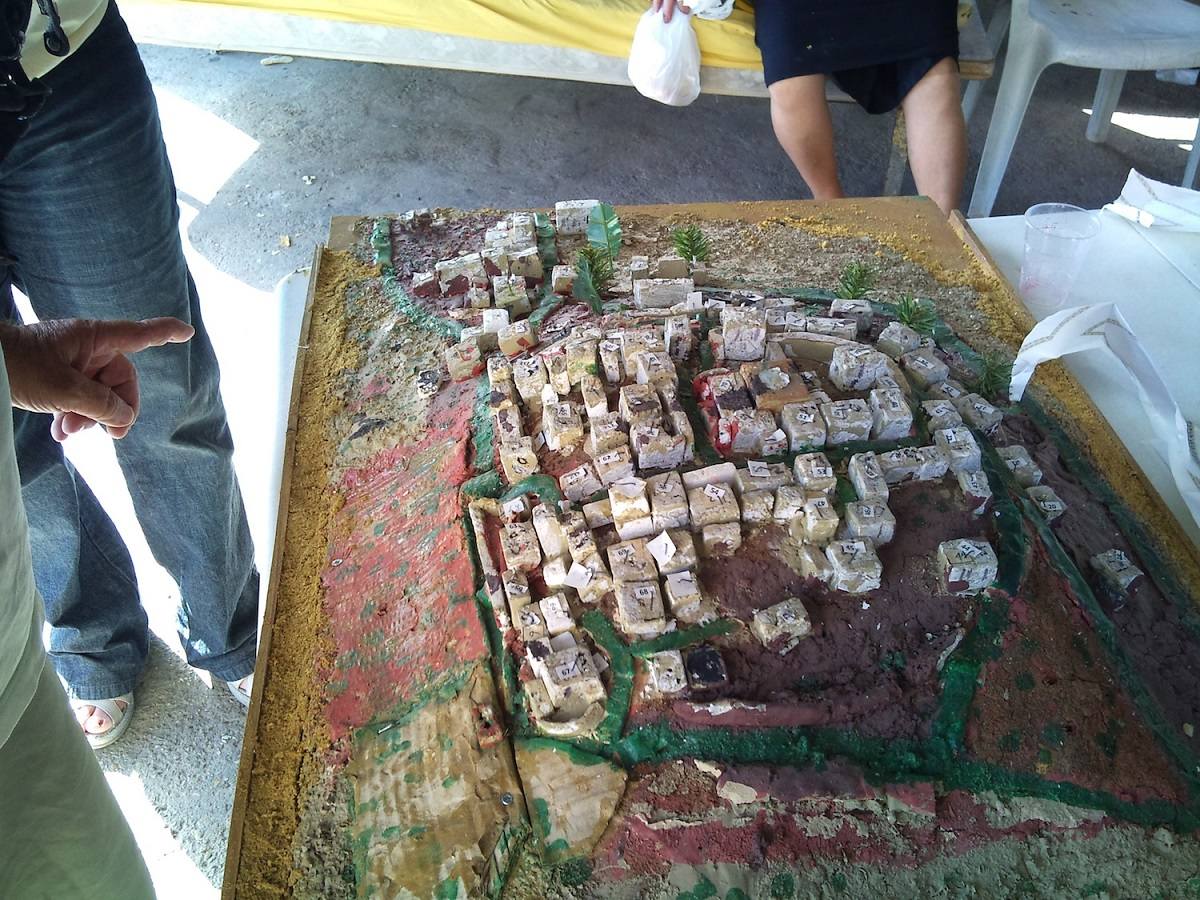On Saturday, 2.10.2010, we toured the destroyed village of Iqrit in the western Galilee. The tour began in the village cemetery. The cemetery is in good condition, surrounded by a fence and still in operation. Iqrit’s refugees have been burying their dead here since the Ministry of Interior allowed them to resume doing so in 1971.
The tour concluded at the plaza in front of Iqrit’s church, which has been preserved, renovated and is open for worship. Iqrit’s refugees began praying again and conducting ceremonies at the church in 1971, the same year they returned to the cemetery, 22 years following their expulsion by the Israel army. The state of Israel has never formally recognized the right of Iqrit’s refugees to return, even though the Supreme Court determined in 1951 their expulsion had been illegal and there was no obstacle to their return. They’re allowed to return to the cemetery. Iqrit’s residents joke they’re permitted to return only after they’re dead - but that’s better than nothing. The house of the dead has become an optimistic symbol, preserving the refugees’ connection to their homeland, a symbol of life. The church is also a vital location for the refugees. Here infants are baptized and young couples are married. On the first Saturday of each month the church conducts a well-attended service. Dozens of Iqrit’s refugees participate. After the service the location becomes a family recreation site.
Zochrot’s tour began immediately following the service on the first Saturday in October. The tour started at the first sign of life, at the western edge of the little village, and concluded at the second, on the tope of the steep hill at the eastern edge. Between these two locations the horror had occurred. There were about eighty homes in the village, and all were blown up on Christmas Eve, December 24, 1951, by the Israeli army. The tour passed among the many building stones scattered throughout the village grounds. But with the help of our guide, Ma’ruf Ashqar (abu Ni’meh), who was nineteen when he was expelled from his village, and of Ni’meh, his son, the chairman of the Iqrit community association, we came to understand the significance of the scattered stones. We realized the pile of stones we were looking at had been abu Ni’meh’s own home. He stood next to it and insisted on reading a poem in Arabic he had written, mourning its loss.
We passed the threshing floor, stopped at the remains of the olive press, walked along the path that had been paved through the village center in the beginning of the 1940’s, reached the elders’ terrace, a row of large boulders on the hilltop where the village elders used to sit during the summer to watch the sunset and view the magnificent panorama. We stood next to the ruins of the village school before concluding the tour at the church. Abu Ni’meh had a surprise for us at the church plaza. He unveiled a model of Iqrit as it had looked the day the Israeli army put the villagers on buses and exiled them to the village of al-Rameh in the Galilee. About 80 small, numbered cubes, accompanied by a list of 76 names, the owners of the homes, which abu Ni’meh had affixed to a wooden board that he set on a table next to the church.
Zochrot erected signs identifying important sites in the village which we passed on the tour, and released the booklet “Remembering Iqrit,” prepared for this occasion. More than 120 people participated in the tour, most of them refugees from the village. The tour and the booklet were organized jointly by Zochrot and the Iqrit community association.
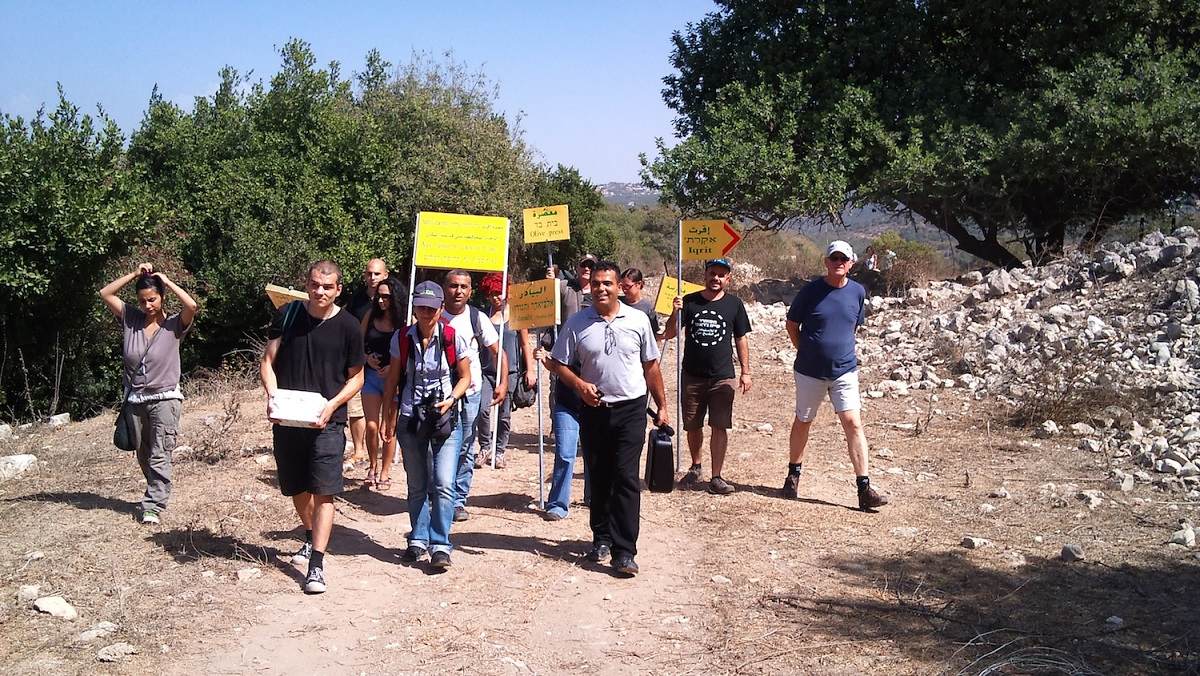
1/ אקרת / סיור 2.10.2010
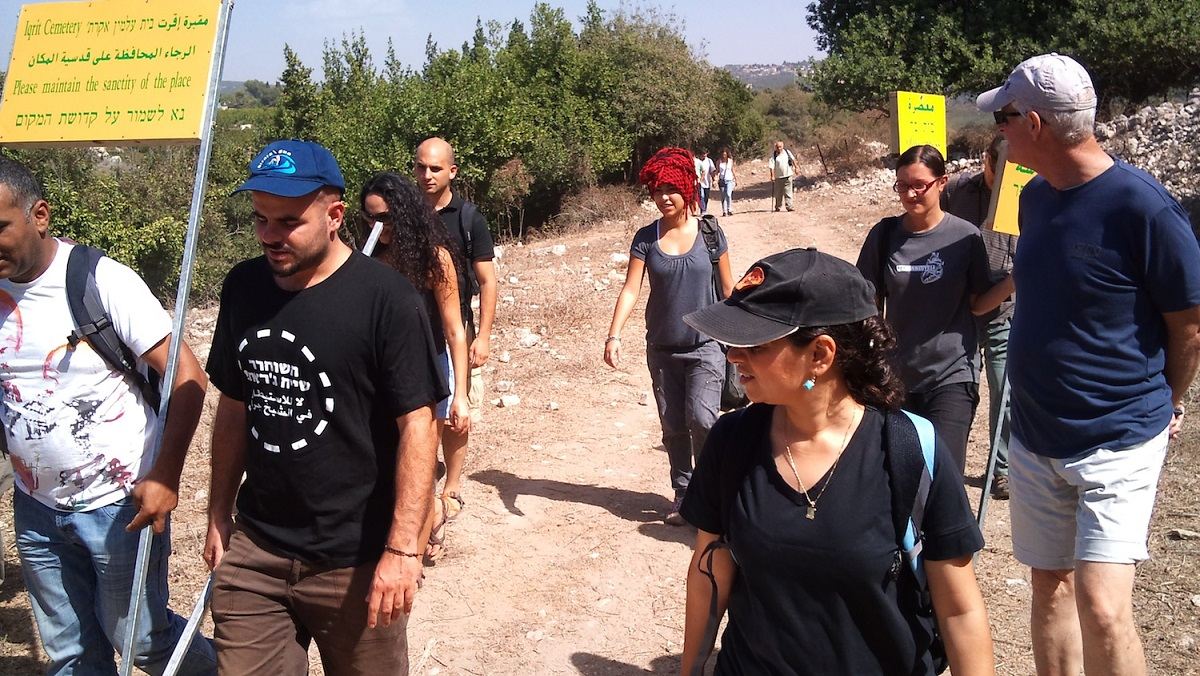
2 / אקרת / סיור 2.10.2010
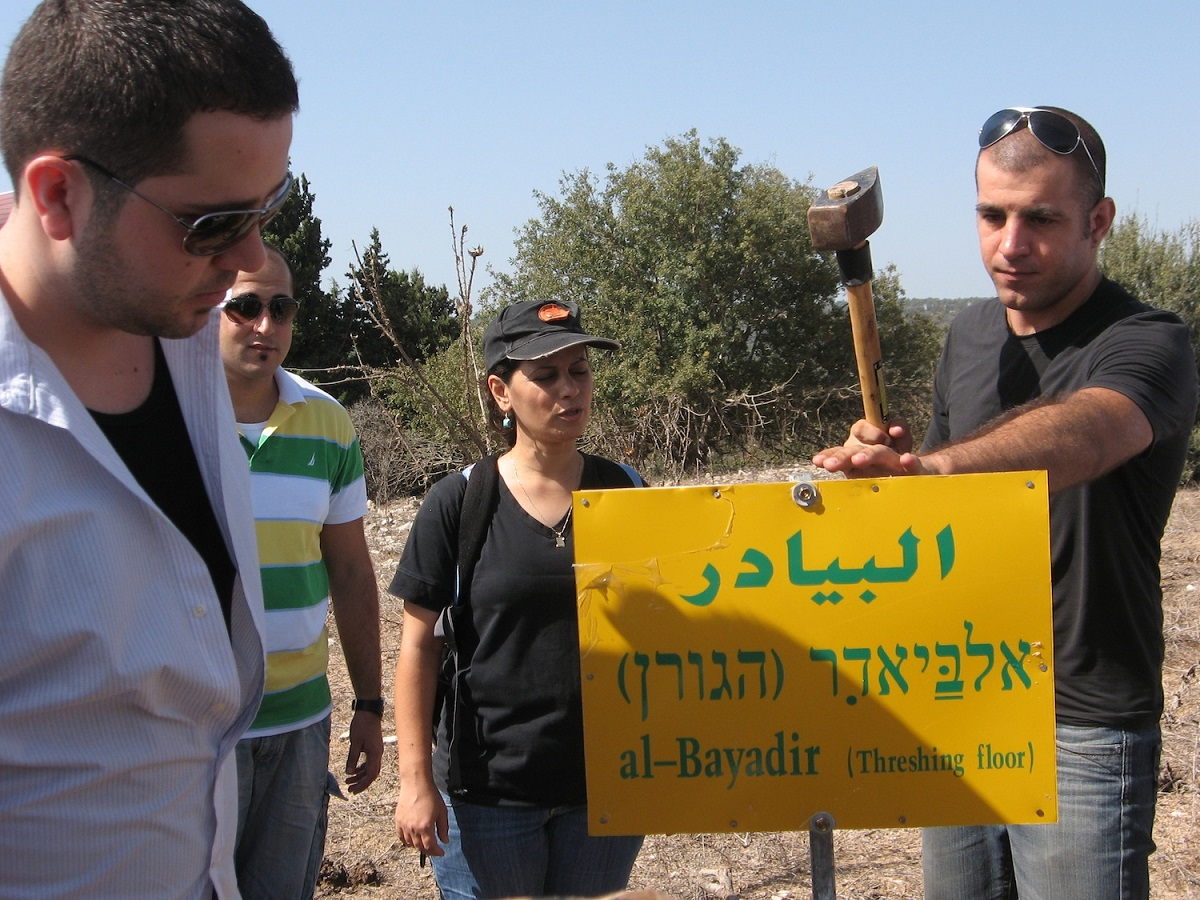
26 / אקרת / סיור 2.10.2010
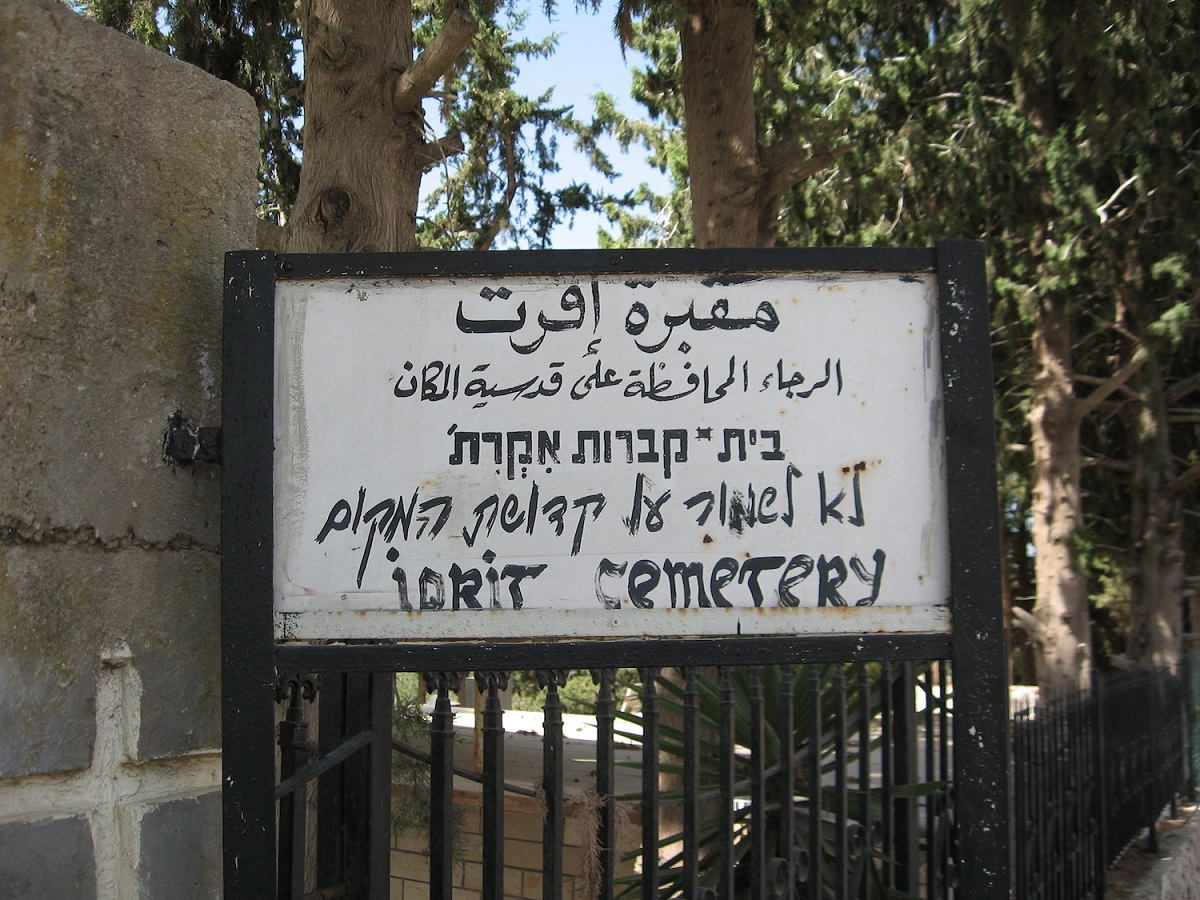
24 / אקרת / סיור 2.10.2010
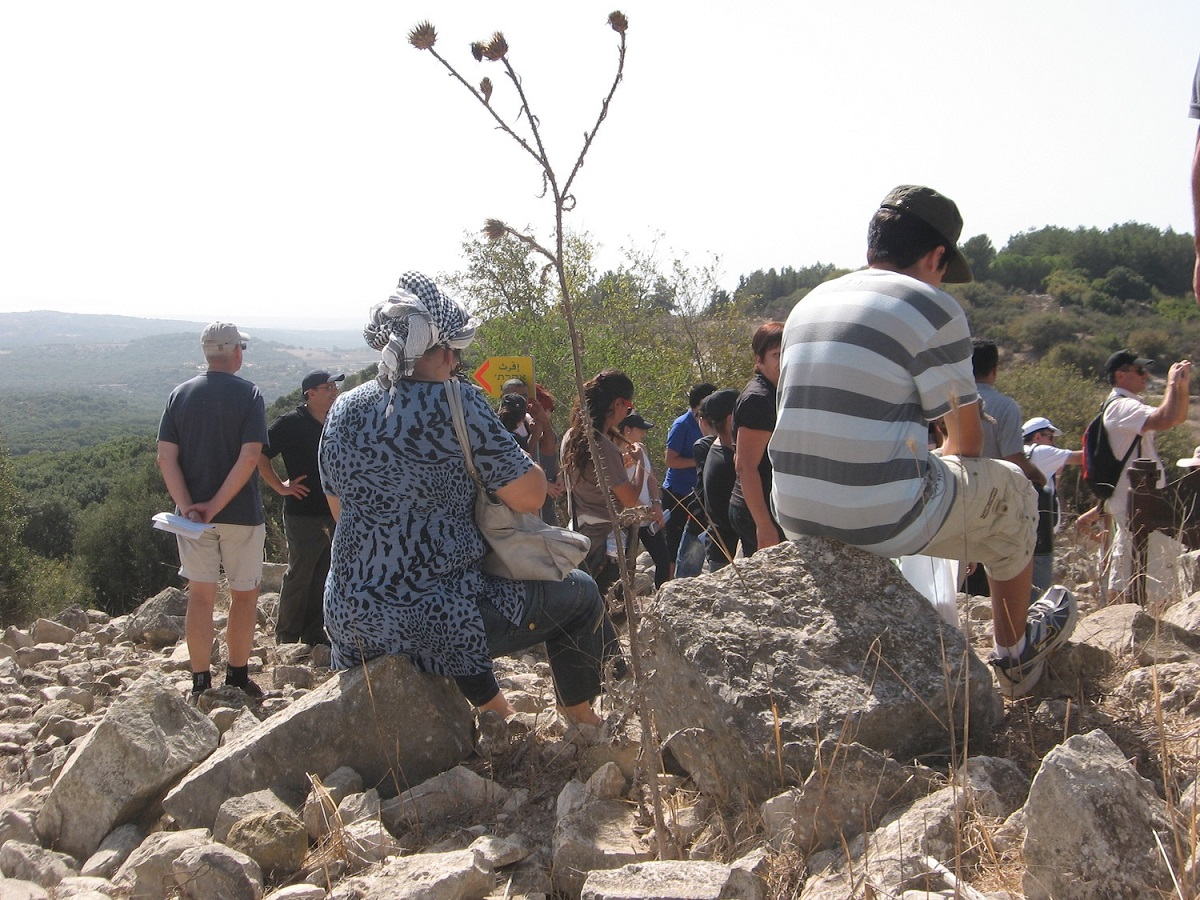
30 / אקרת / סיור 2.10.2010
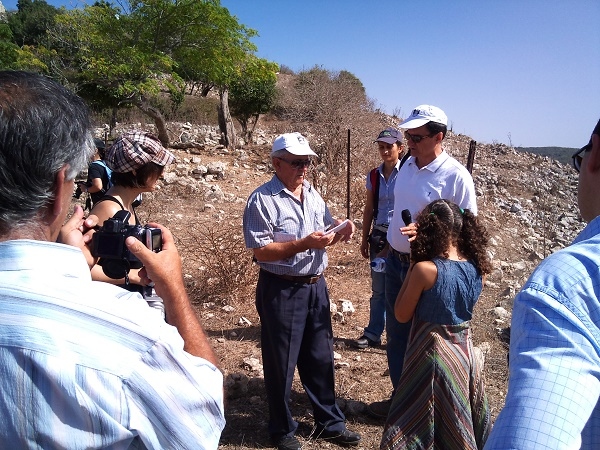
18 / אקרת / סיור 2.10.2010
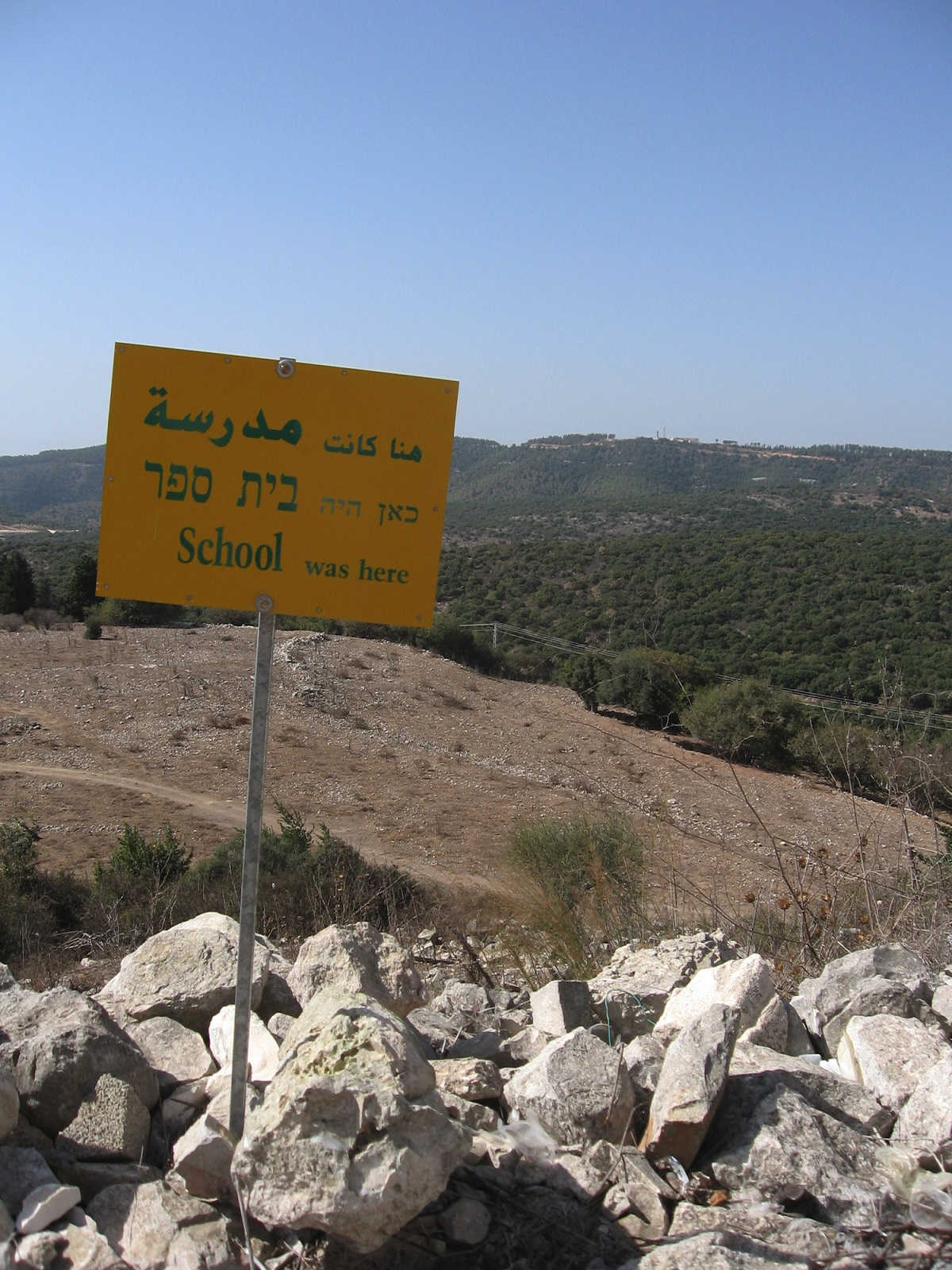
36 / אקרת / סיור 2.10.2010
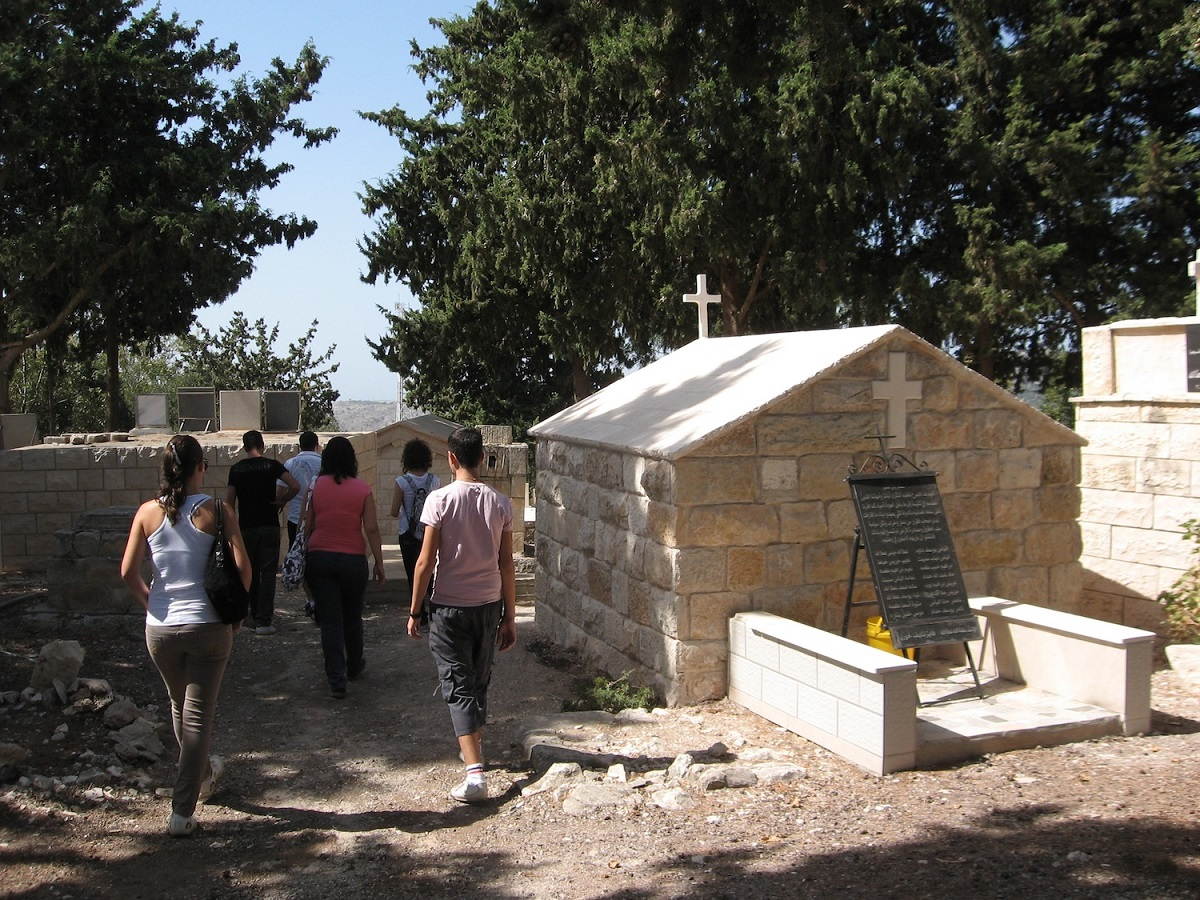
25 / אקרת / סיור 2.10.2010



